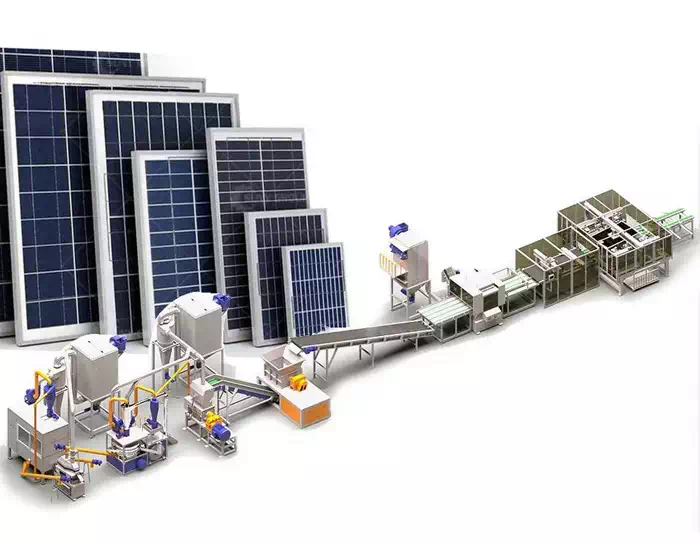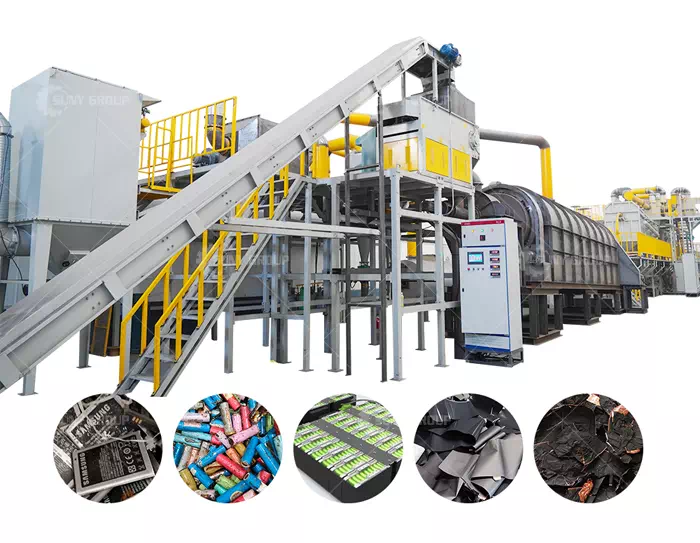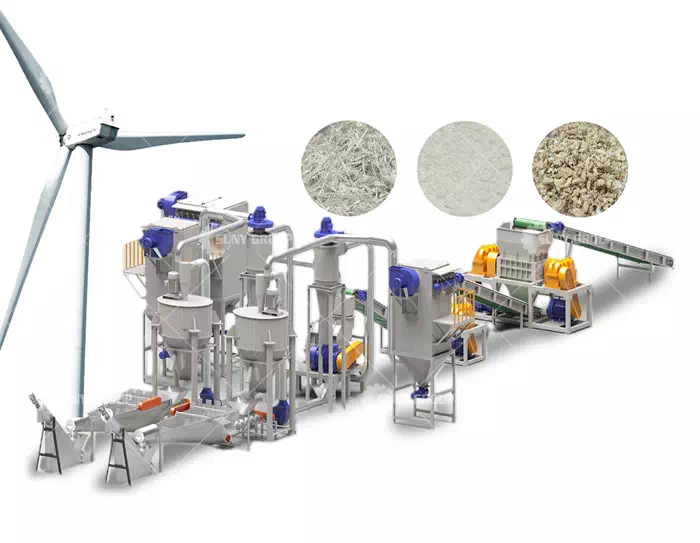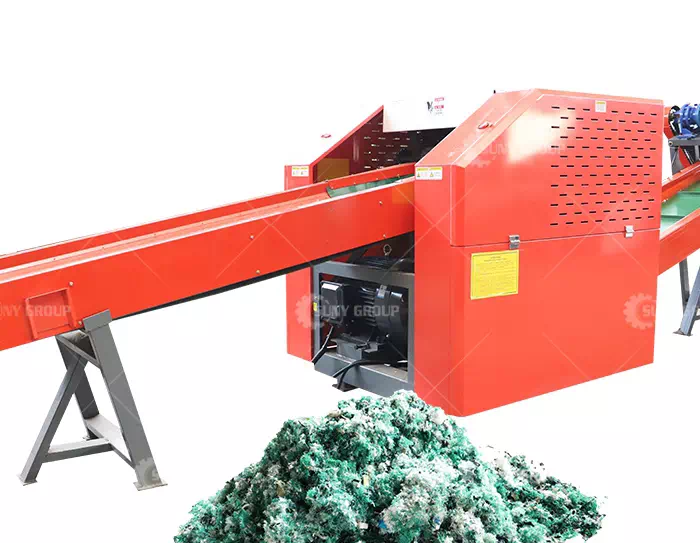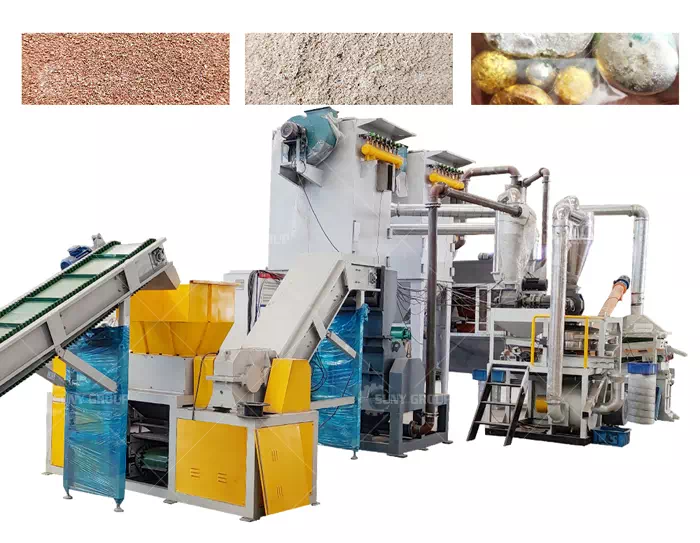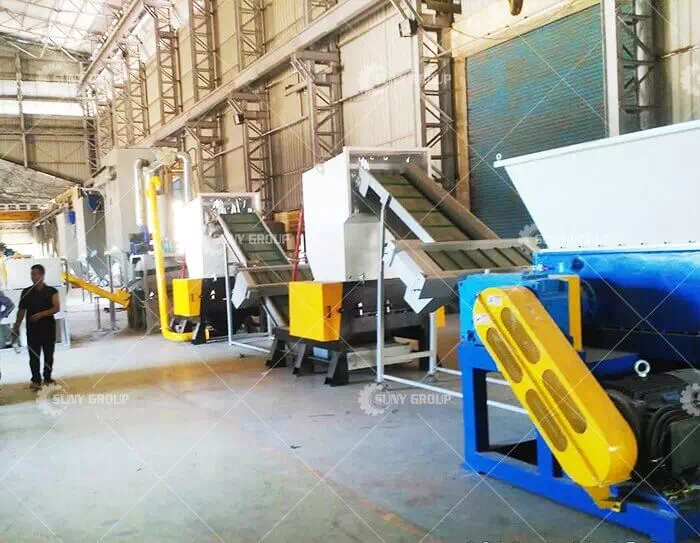What are the ways to recycle e-waste solid waste?
E-waste usually refers to discarded electrical or electronic equipment that is no longer used, mainly including household appliances such as refrigerators, air conditioners, washing machines, TV sets, and communication electronic products such as computers. It is also called solid electronic waste. So how to recycle these electronic waste?
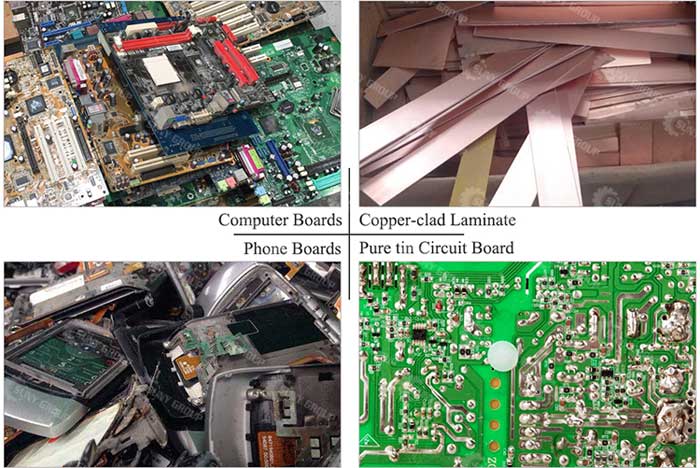
1. Chemical treatment
The chemical treatment of electronic waste is also called wet treatment. The crushed electronic waste particles are put into acid or alkaline liquid, and the leachate is then subjected to a series of extraction, precipitation, replacement, ion exchange, filtration and distillation. The process culminates in a high-grade metal. However, in the process of chemical treatment, strong acid and highly toxic fluoride are used, which will generate a large amount of waste liquid and discharge toxic gases, which will cause great harm to the environment.
2. Fire treatment
Pyrolysis is a method of incinerating, smelting, sintering, melting, etc., of electronic waste to remove plastics and other organic components rich in metals. Fire processing can also cause serious harm to the environment. From the perspective of resource recovery and ecological environmental protection, these methods are difficult to promote. Guiyu Town, Guangdong, my country, etc., adopted these two treatment methods that are more harmful to the environment, which have brought serious impacts to the local environment and sustainable development.
3. Mechanical treatment
The mechanical treatment of electronic waste is a method of sorting based on the difference in physical properties between components, including disassembly, crushing, sorting and other steps. and other recycled raw materials. This treatment method has the advantages of low cost, simple operation, not easy to cause secondary pollution, and easy to achieve large-scale. Dismantling of electronic waste is usually done manually to recover the tested and useful electronic components. However, due to the large number of electronic components in electronic waste and the complicated combination method, the efficiency of manual processing is very low.
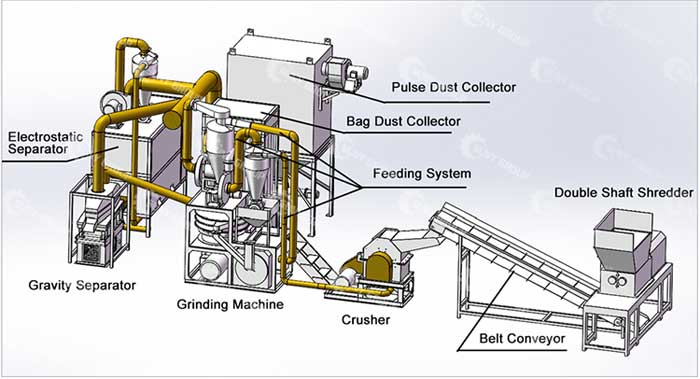
4. Microbial treatment
The use of microorganisms to leaching precious metals such as gold is a new technology for extracting precious metals from low-content materials that was studied in the 1980s. The activity of microorganisms makes other non-precious metals in precious metal alloys such as gold oxidize into soluble substances and enter the solution, leaving the precious metals exposed. out for easy recycling. The extraction of precious metals such as gold by biotechnology has the advantages of simple process, low cost and simple operation, but the leaching time is long. H.brandl et al. used Thiobacillus ferrooxidans to carry out leaching test on electronic waste pieces that had been crushed and pretreated. Under the selected temperature, ph and dosage, more than 90% of cu, zn and ni could be leached out. PB is stabilized in the precipitate in the form of PBSO4.
5. Recycling
Some single pieces of electronic original waste can also be simply disassembled and recycled to the unit for reuse.
Because of the need to take into account the recycling rate of electronic waste and environmental protection, mechanical processing is generally used at present. As a professional manufacturer of electronic waste recycling equipment production lines, SUNY GROUP has rich experience and mature design solutions. , Up to now, it has provided relevant technical equipment support for India, Bangladesh, South Korea, the United States, Canada and other places, and has received unanimous praise and trust from them. If you have any needs in this regard, please feel free to contact us.
Recommend products
CONTACT US:
If you have any requirement or suggestion, please fill in the form and send to us, thanks!E-mail:sunymachine@gmail.com | Whatsapp:+8613674945231


